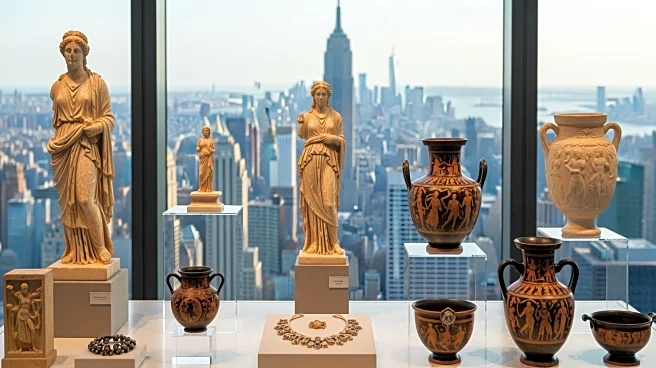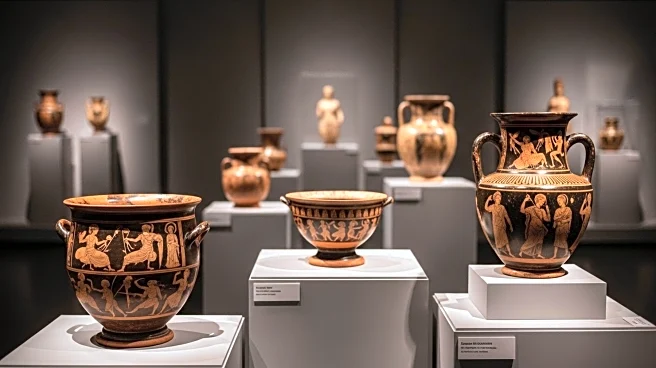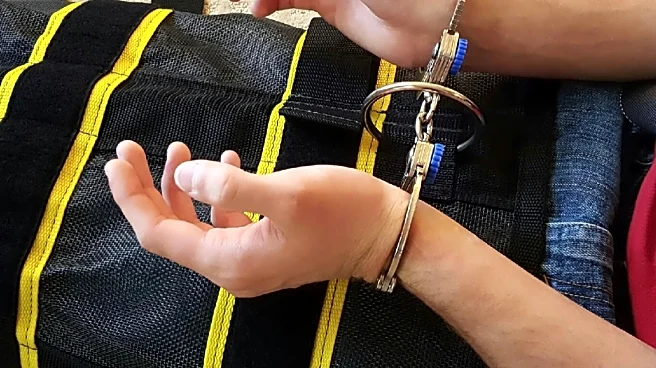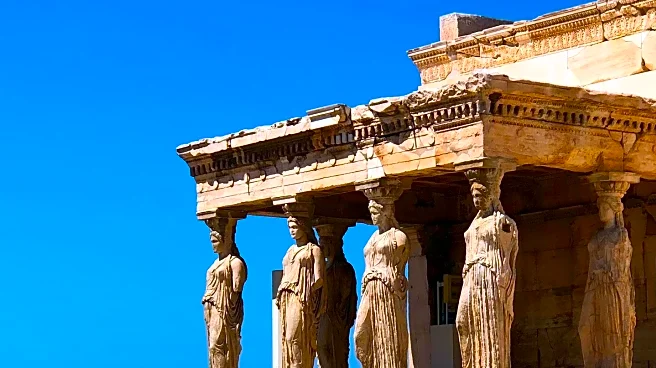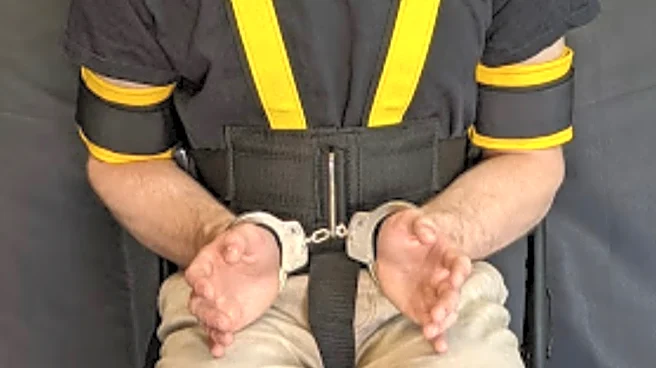What's Happening?
The Manhattan District Attorney's office, led by Alvin Bragg, has returned 29 antiquities valued at $3 million to Greece. These artefacts were part of trafficking networks involving smugglers Robin Symes
and Eugene Alexander. Symes, a British art dealer, was identified as a key figure in an international looting syndicate. The repatriation ceremony took place at the Consulate General of Greece in New York. Among the returned items is a sculpture known as 'Bronze Foot in the Form of a Sphinx,' seized from the Metropolitan Museum of Art. Another notable piece is a bronze applique depicting a gorgon, originally attached to a bronze vessel, which was sold by trafficker Robert Hecht to Fortuna Fine Arts. The Manhattan District Attorney's office seized this artefact earlier this year.
Why It's Important?
This repatriation underscores the ongoing efforts to combat illicit trafficking of cultural heritage, a practice linked to organized crime and terrorism. The return of these antiquities highlights the collaboration between international authorities to preserve cultural heritage. The Greek Minister of Culture, Lina Mendoni, emphasized the significance of such events in reinforcing Greece's commitment to fighting cultural heritage trafficking. The Manhattan District Attorney's office has been instrumental in recovering nearly 2,400 artefacts from 47 countries, valued at $260 million, since Alvin Bragg took office.
What's Next?
The Manhattan District Attorney's office continues to work with global partners to identify and repatriate stolen cultural artefacts. This ongoing effort aims to dismantle trafficking networks and return items to their rightful countries. The office's Antiquities Trafficking Unit remains active in pursuing cases against galleries and individuals involved in the illegal trade of cultural heritage.
Beyond the Headlines
The repatriation of these antiquities not only restores cultural heritage to its rightful place but also serves as a deterrent to future trafficking activities. It highlights the ethical responsibility of museums and collectors to ensure the provenance of artefacts in their possession. The collaboration between international law enforcement agencies is crucial in addressing the broader implications of cultural heritage theft.
